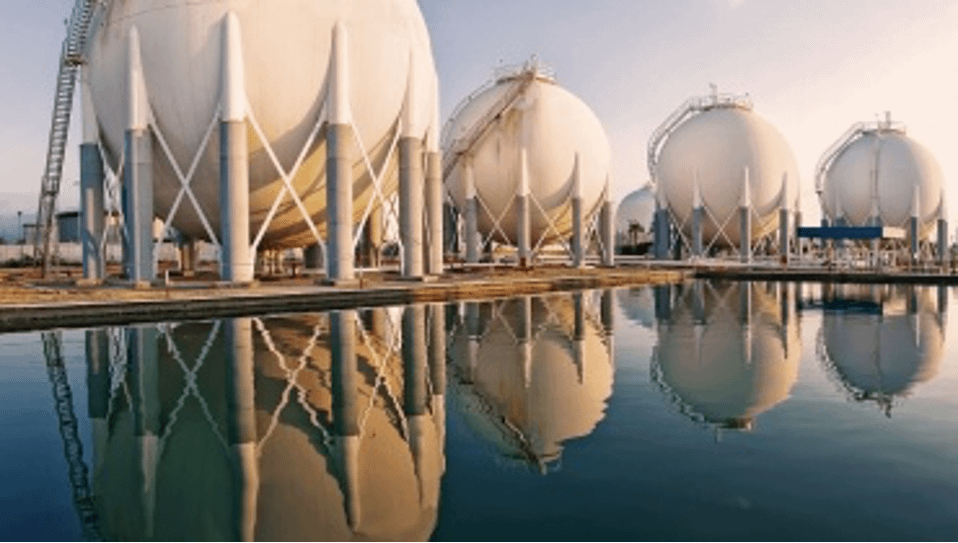Petrochemicals, made from oil and gas and used in plastics, fertilizers, packaging, clothing, digital devices, medical equipment, detergents, and tires, are becoming the biggest drivers of global oil demand. They are ahead of cars, planes, and trucks.
In this article, we’ll be looking into petrochemicals and petroleum electricity generation, where we’ll go through the petroleum energy generation process as well as other sources of energy.
Petroleum electricity consumption
Looking at the final energy consumption in 2020, oil and petroleum products accounted for the largest share (35.0%) followed by electricity (23.2%) and natural gas (21.9%). Solid petroleum products contributed simply 2.1% to the last energy utilization toward the end-utilize level.
-
How petroleum is used to generate electricity?
Like coal and natural gas, petroleum is a fossil fuel formed from what remains of ancient marine organisms.
Fossil fuel power plants generate heat by burning oil or coal, which is then used to create steam that powers turbines that generate electricity. In gas plants hot gases drive a turbine to create power while a consolidated cycle gas turbine plant similarly utilizes a steam generator to expand how much power is delivered. Fossil fuels supplied 64.5% of the world’s electricity in 2017.

Oil sources that produce electricity
In electricity production, residual fuel oil and petroleum coke are used in steam turbines. Additionally, diesel fuel oil is used in diesel-engine generators.
– Residual fuel oil is ranked among the heavier type of oils, also named as No.5 and No.6 fuel oils. These oils are distilled in oil refining processes.
– Petroleum coke is a carbon-rich solid material derived from oil refining.
– Made from crude oil and biomass, diesel fuel is largely used to power highway vehicles, nonroad engines, and equipment.
Petrochemical static electricity
Petrochemicals are chemical substances derived from crude oil and natural gases. Numerous petroleum products can become electrically charged when they go through pipes, such as gasoline, kerosene, fuel oils, jet fuels, diesel, and others. These static charges do not become unsafe only if the speed of the flow is high.
The electricity-charged streaming fluid can be viewed as an electric flow. Despite the small size of the current, about 1 µA, it can create a voltage sufficiently high to deliver a spark.
-
Recent trends in the petrochemical industry
The size of the global petrochemical market was USD 584.50 billion in 2022 and is anticipated to grow at a compound annual growth rate of 7% from 2023 to 2030. A major driver of this growth is an increase in the demand for downstream products from various end-use industries like construction, pharmaceuticals, and automotive.
Many petrochemical projects have been implemented, including the most reputable petrochemical company in Egypt, Anchorage Investments’ Anchor Benitoite chemical plant, which is set to be located in the Suez Canal region of Egypt. Anchor Benitoite is meant to be a petrochemical complex with domestic and regional success and hopes to offer 2,500 jobs. The company has already started searching for potential contracting partners.
-
What renewable energies rely on petrochemicals?
Both solar and wind energy use petrochemicals. Typically, the photovoltaics which convert sunlight into electricity are layered between copolymer layers. Ethylene, a petrochemical, is one of the building blocks that many copolymers share.
Moreover, petrochemicals like propylene and xylene are used to make engine houses and rotor blades in wind energy, which accounts for just under 7% of the energy consumed in the United States.
To conclude, petroleum is the foundation of a large part of our daily lives. Petroleum products allow the generation of electricity globally as well as the production of petrochemicals. Petrochemicals, made of crude oil and natural gases, are present in almost all of our everyday products and renewable energy equipment, such as wind turbines and solar panels. Many of these petroleum-based derivatives can also turn into static energy, creating an electric flow.
The petrochemical market is predicted to keep growing, which can be witnessed through state-of-the-art projects by the Egyptian petrochemical company Anchorage Investments, including their latest petrochemical complex to be built, Anchor Benitoite.
